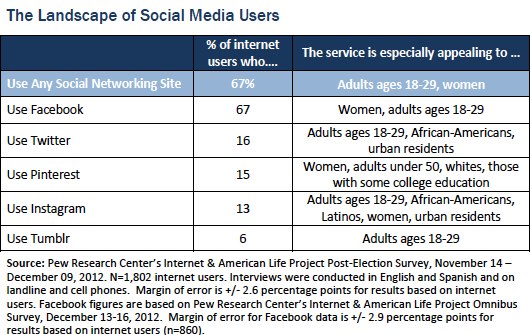Revamping Your Brand Position? Begin with Consumer Research
How is your brand positioned in the market? In other words, how does your target market view your brand in your industry? Do you know? If not, how do you find out?
Thanks to social media, monitoring real-time consumer behavior allows brands to know where their prospects and clients spend time online. Employing a research process within online publications, social media sites, consumer research websites and forums at the outset of an online brand positioning exercise can be the difference between success and failure of your brand positioning.

Avoid the Empty Room
Imagine that you’re speaking eloquently about your brand to an empty room. No matter what you have to say, the room is still empty and no one will have the chance to experience your brand strategy.
With the “empty room” concept in mind, you can use social media and online research to get a solid understanding of what rooms your target market spends their time in.
Begin your online research with social media sites that are known to attract your target’s demographic –

- Image source : http://blog.bufferapp.com/social-media-in-2013-user-demographics-for-twitter-facebook-pinterest-and-instagram
For Facebook, and LinkedIn, review groups that are related to your industry, your region and your business to gauge which of those groups have the most active members. Be sure you are posting to groups that have regular discussions and engagement from their members.
Keep in mind when you find a group that seems a potential location for your content it’s better to be a big fish in a small pond. In other words, you want an active group, with fewer important members that are highly engaged with the message you intend to share.
For example, LinkedIn groups can see dozens of content shares a day from multitudes of companies. The most recent posts that are accepted by the mediator get the “top” spot for readers to see. If you truly want your brand build to be effective using these online locations, you need to be sure that your content will stay “visible” long enough to garner the attention it deserves. By posting to groups with smaller amounts of members, your content still stay visible longer to members.
For other social media sites or publications, do topic or keyword research to see what conversations are happening around your industry or business. When you are researching a particular publication, for example, search a term that relates to the topic, keyword or industry you would like to share content about and see the engagement level of the readers or site members. If the topics are well-followed, you know you can join or begin a discussion that will gain attention
What Keywords Do You Want to Research?
Think about how you want to position your brand, and use keyword research tools to help develop your brand strategy. Choose those keywords that have the most search volume based keyword research and have the lowest competition. Like posting content to social media groups with too many members, a brand strategy that focuses on high-competition or low-search-volume keywords puts you in a room that is either close to empty or is too full to be heard. Neither is an effective strategy for brand positioning.
To be effective, your brand strategy needs to be built on solid and timely consumer research. Imagine each brand positioning exercise as a campaign, focused around your brand messaging and position but with a different goal for a set amount of time. One campaign may focus on downloads of a particular whitepaper, another on a particular target market. If you use this method you will maintain your brand position, but the call to action for your target market changes. Brand positioning, built on current consumer research, gives your company the ability to make the most use of the real-time consumer research tools that online and social media sources provide to brands.

